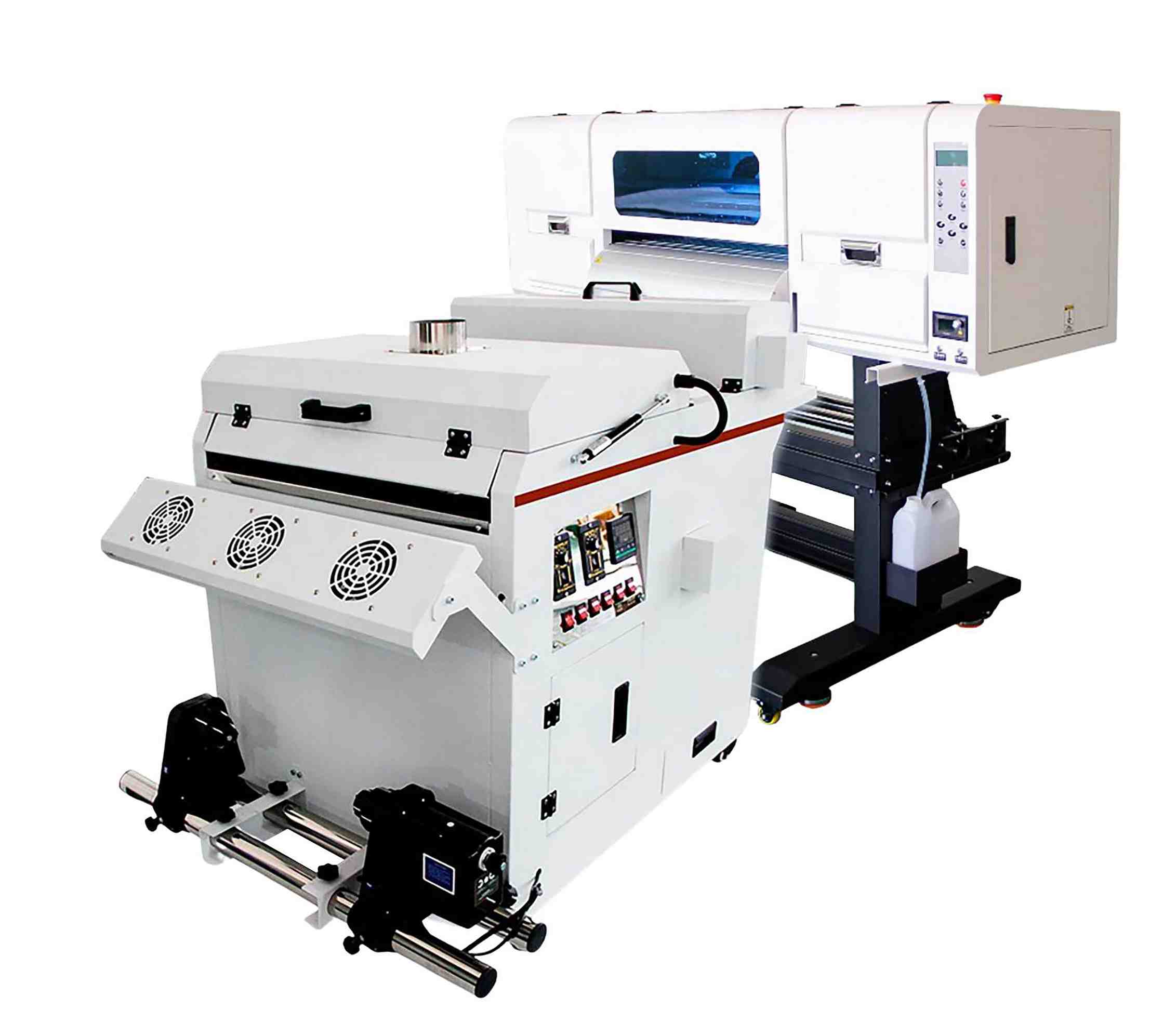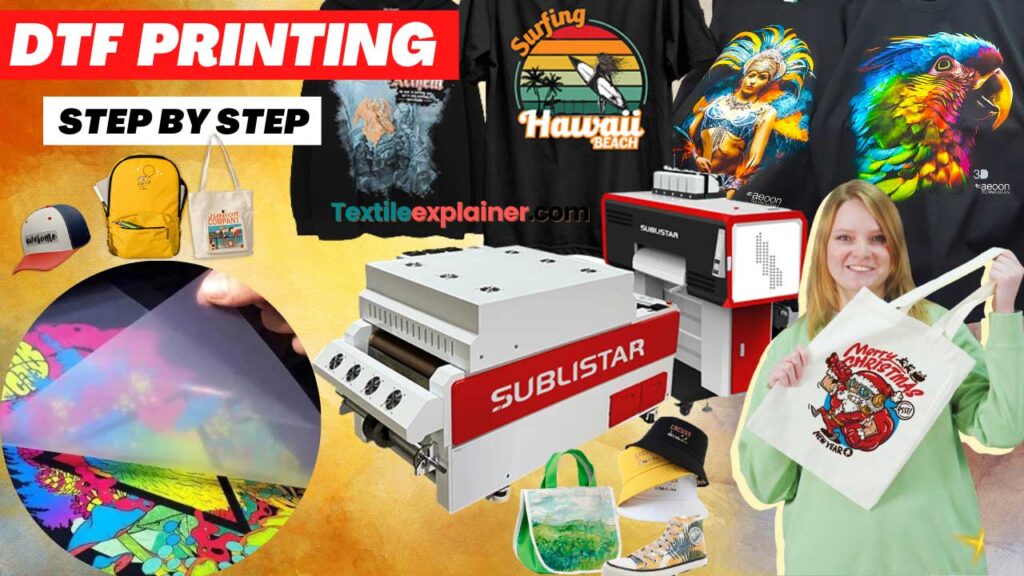Checking out the Art of DTF Printing: Methods and Applications Revealed
Checking out the Art of DTF Printing: Methods and Applications Revealed
Blog Article
Mastering DTF Printing: Idea for Getting Vibrant and Durable Prints
On the planet of textile printing, attaining dynamic and sturdy prints is a coveted ability that can boost the quality of your result. Grasping DTF (Direct to Movie) printing needs a mix of technological knowledge, precision, and focus to information. From selecting the ideal products to fine-tuning print settings and developing post-printing finishing methods, there are many factors that can influence the result of your prints. Recognizing just how to navigate these complexities can make all the distinction in between a sub-par result and a truly outstanding one.

DTF Printing Fundamentals
For those new to the globe of fabric printing, recognizing the basics of DTF printing is important to grasping this innovative technique. Straight to Movie (DTF) printing is a modern method that entails moving styles from a special movie onto numerous textiles using a warmth press. Unlike standard techniques like screen printing, DTF supplies benefits such as dynamic colors, detailed outlining, and the ability to publish on diverse products like cotton, polyester, and blends.
The procedure begins by printing the layout on an unique DTF film making use of a compatible printer with CMYK or CMYKW ink collections. When the layout is published, it is after that cured with a warm press to create a resilient and resilient print. DTF printing is recognized for its capability to reproduce complicated layouts with high precision and shade accuracy, making it a preferred option for organizations seeking to develop customized garments, marketing things, and more.
Selecting the Right Products

Just as vital is the option of the adhesive powder. The adhesive powder acts as a bonding agent between the printed design and the fabric, so it must have strong adhesion homes to make certain a long-lasting and durable transfer. Various textiles might call for various sorts of sticky powders, so it is important to match the powder to the material type for optimal results - DTF Printing. By thoroughly choosing the best products for DTF printing, printers can improve the high quality, vibrancy, and durability of their prints.
Enhancing Publish Settings
When intending to attain the ideal results in DTF printing, precise interest to maximizing print settings is important for making certain precise and top notch transfers onto textiles. One crucial element to take into consideration when maximizing print setups is the resolution.
Another vital setup to optimize is the print speed. Finding the right balance between speed and quality is important. While enhancing the speed can improve efficiency, it may compromise the final print's clarity and shade saturation. Trying out various rates and observing the outcomes can assist figure out the ideal setting for each print job - DTF Printing.
Additionally, adjust shade profiles and guaranteeing proper shade monitoring are crucial for attaining exact and constant shades Source throughout different prints. By calibrating shade settings and accounts, printers can lessen color deviations and generate uniform results, improving the general print high quality and consumer satisfaction.
Preparing Artwork for DTF Printing
Transform the artwork to CMYK color setting to ensure that the colors convert accurately from screen to print. Bear in mind to mirror the last style prior to publishing to guarantee that it moves appropriately onto the garment. By following these actions and paying close focus to the information, you can prepare artwork that is enhanced for sturdy and lively DTF prints.
Post-Printing Finishing Strategies
Executing efficient post-printing ending up strategies is essential to improving the resilience and visual charm of DTF prints on textiles. When the printing procedure is full, applying warmth to the printed design is important (DTF Printing). Warm not only aids in curing the ink however likewise makes sure that the shades are lively and durable. A warm press maker evaluated the advised temperature level and stress setups can assist accomplish ideal results.
As soon as the movie is eliminated, the print might need additional treating time to even more set the ink into the textile. This step assists enhance the washability and toughness of the print, ensuring it can hold up against several clean cycles without fading or cracking.
Furthermore, cutting any excess movie around the layout can give the last print a expert and tidy look. Putting in the time to properly complete DTF prints post-printing can significantly affect the total quality and durability of the fabric style.

Final Thought
To conclude, mastering DTF printing needs a detailed understanding of the basics, selecting suitable products, maximizing print setups, preparing art work effectively, and utilizing post-printing completing methods. By adhering to these pointers and methods, one can achieve dynamic and long lasting prints that fulfill link their wanted quality standards. Consistent practice and attention to detail are important in accomplishing successful results in DTF printing.
From selecting the best materials to tweak print settings and refining post-printing finishing techniques, there are numerous factors that can affect the end result of your prints. Unlike typical approaches like display printing, DTF provides advantages such as vibrant read this article shades, detailed outlining, and the capability to print on diverse products like cotton, polyester, and blends.
As soon as the style is printed, it is then cured with a warmth press to produce a resilient and long-lasting print.When intending to accomplish the finest results in DTF printing, thorough focus to enhancing print setups is essential for ensuring premium and accurate transfers onto fabrics.In final thought, mastering DTF printing calls for an extensive understanding of the basics, picking appropriate materials, maximizing print settings, preparing art work efficiently, and making use of post-printing finishing techniques.
Report this page